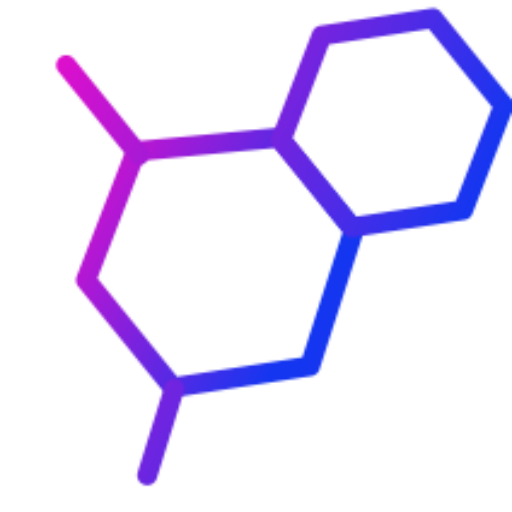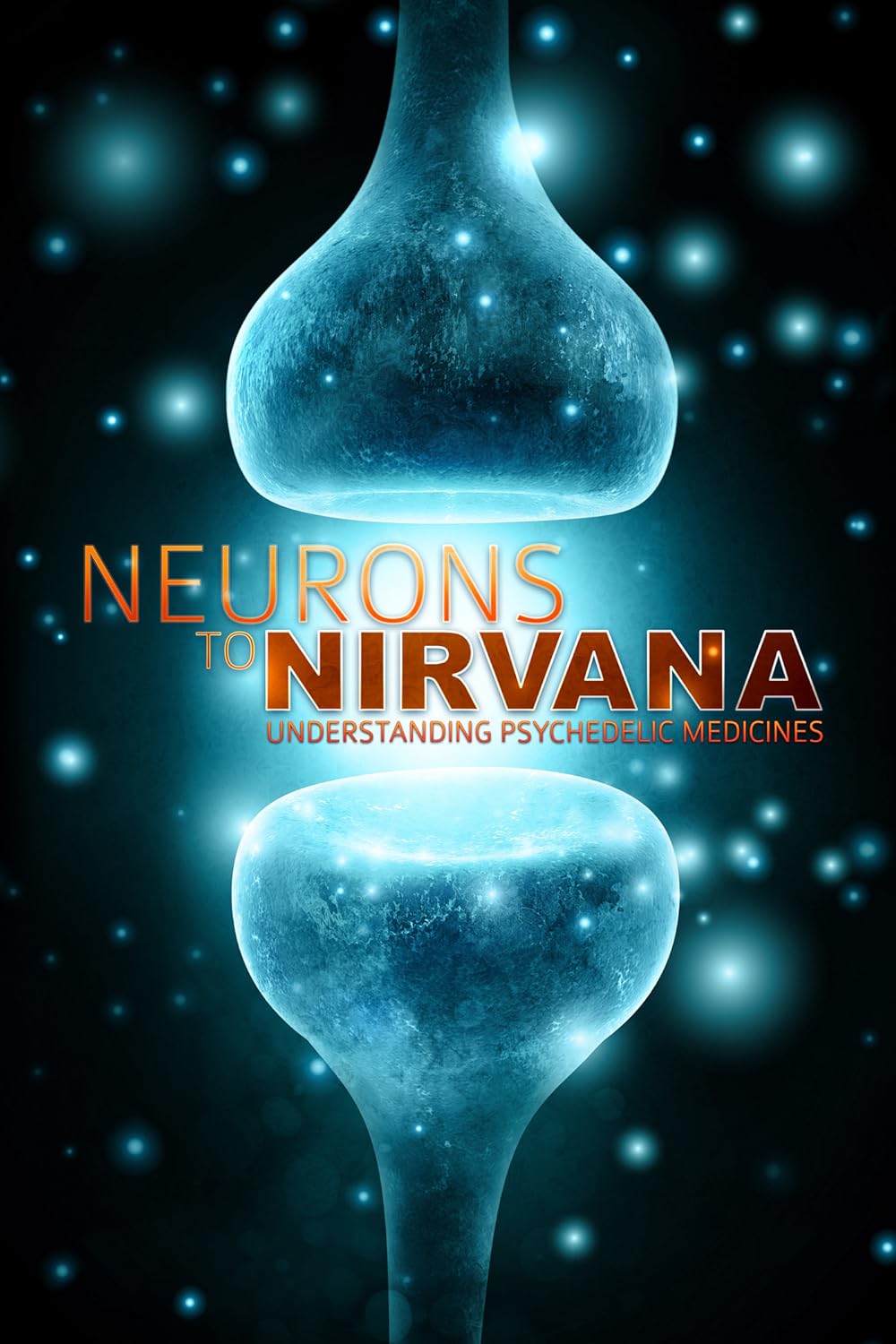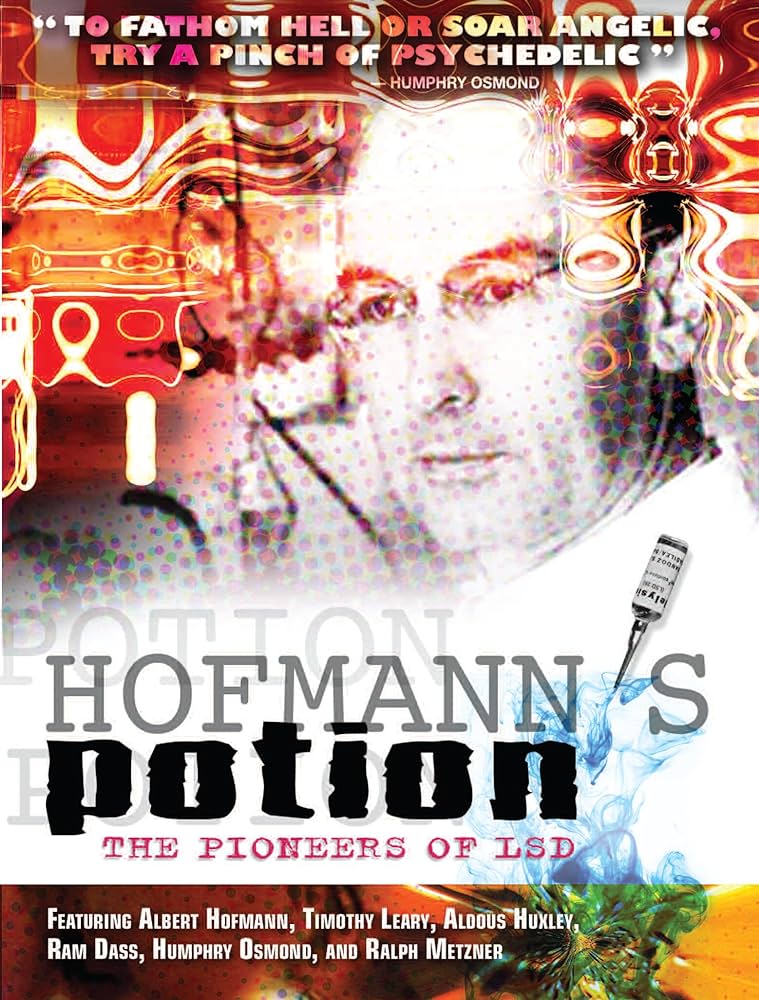2C-I is one of the many obscure research chemicals in the greater 2C-X family of drugs.
The effects of this compound aren’t well studied. The only insight available for its effects come from reports of users exploring the fringes of the known psychedelic universe.
2C-I offers a unique experience, best described as a blend between MDMA and 2C-B. It’s also similar to other members of the 2C-X family, such as 2C-T-2 and 2C-T-7.
Here, we’ll explore everything we know about 2C-I so far, including the dose, information on safety, and what effects you can expect.
What is 2C-I?
2C-I stands for 2,5-dimethoxy-4-iodophenethylamine — it’s sometimes sold under the name “Smiles” due to its characteristically positive vibes.
This compound is one of the many members of the 2C-X family, which contains many other members, including 2C-B, 2C-C, 2C-D, 2C-E, 2C-T-2, 2C-T-7, and 2C-P.
2C-I is structurally very similar to 2C-B. The only difference between these molecules is the presence of an iodine group in 2C-I and a bromine group in 2C-B.
Relative to the rest of the 2C-X family, 2C-I is often regarded as being one of the mellower and “less challenging” members — meaning the come-up isn’t as overwhelming and the body load is more tolerable. However, some users disagree with this, citing that the stimulating action can quickly shift from pleasurable to overwhelming.
Like many other 2C-X drugs, the dose is very important. Taking even just a few extra milligrams can produce an entirely different experience.
Some people use 2C-I in lower doses (1–8 mg) as a nootropic. Even in low doses, 2C-I exerts a noticeable stimulating effect, some mild visual perception changes, and an expanded sense of connectivity with the self and others.
Despite all the positive reports from people using 2C-I, it remains unpopular and is one of the more obscure members of the phenethylamine psychedelics — shadowed by 2C-B, 2C-C, and 2C-P.
2C-I: Specs & Technical Details
| Active Ingredient | 2,5-Dimethoxy-4-iodophenethylamine |
| Level of Risk | Moderate |
| Most Common Side-Effects | Anxiety, teeth grinding, muscle tension |
| Duration of Effects | 6–12 hours |
| Legality | Illegal in most parts of the world |
What’s The Dose of 2C-I?
The dose range of 2C-I is between 14 and 22 mg.
This is a tight range, but this compound is particularly dose-dependent, so it’s important to have a good scale and start with the low end of the dosage range before increasing.
Doses above 22 mg step into the red zone, where the body load of the drugs stimulating action becomes much more apparent and problematic. The maximum “safe dose” (there is no established safe dose) is 30 mg.
If insufflating 2C-I (not recommended), the doses are much lower — between 3 and 8 mg.
Dosage Breakdown for 2C-I
- Threshold Dose — 3 mg
- Standard Psychoactive Dose — 14–22 mg
- Heavy Dose — 22–30 mg
There’s some controversy around a paragraph in the profile the creator, Alexander Shulgin, wrote about 2C-I in his book, PHIKHAL. In the book, Shulgin lists the effects of 0 mg of 2C-I causing a 2.5 on the Shulgin scale. This rating refers to an experience that’s unmistakably different from normal reality. The intensity is on the border between being unable to go about ordinary tasks as planned or being forced to relent to the will of the substance. This is essentially a report of a “contact high” from 2C-I when spending time with users who took the substance.
This controversial post received a lot of criticism on Reddit and Erowid. The response was big enough that Shulgin himself published a clarification to this entry. His response only clarified that on at least one occasion, 2C-I had a nearly immediate contact high effect on two users who joined a group of psychonauts mid-2C-I trip.
What Does 2C-I Feel Like?
The effects of 2C-I can vary quite a bit depending on the dose, the method of consumption, and internal factors (such as your mood or mindset). When used within the recommended dosage range (less than 22 mg), the experience is positive more often than not.
The biggest complaint about 2C-I is its stimulating action. People who enjoy using stimulants are likely to enjoy the energizing and psychedelic effects of 2C-I — while people who prefer something mellower may have a hard time sitting with the stimulation this compound can cause.
Low doses provide moderate stimulation that can be vented by moving around or dancing, while higher doses can become harder to manage — causing users to feel jittery, agitated, and uncomfortable.
This substance, like most 2C-X compounds, has a strong body load component to it. This body load is usually the limiting factor in terms of dose. Higher doses are more psychedelic and can be very profound, but along with this comes a higher degree of body load. Many people find the physical effects of 2C-I uncomfortable — causing symptoms like stomach pain or discomfort, diarrhea, muscle-cramping, increased body temperature, dry mouth, increased heart rate, and difficulty finding a comfortable position.
Common characteristics of the 2C-I experience include:
- Colors appear brighter & more vibrant
- Movements are followed by tracer lines
- Strong open & closed eye visuals
- Feelings of connectedness, love, & empathy towards others
- Enhanced tactile experience
- Increased energy levels (desire to move around, dance, & explore)
How Long Does 2C-I Last?
Shulgin reports the duration of 2C-I to be between 6 and 10 hours, but anecdotal reports of past users suggest it often lasts up to 12 hours.
The effects of this compound come on very quickly — yet somehow, the come-up for this compound remains smooth. A fast come-up on psychedelics is usually uncomfortable, but it mellows out once you’ve arrived near the peak.
With 2C-I, the effects are felt almost immediately, starting with feelings of enhanced mental clarity and focus. This happens within about 10 minutes, which is then followed by gradual visual changes over the course of about an hour.
How Strong is 2C-I Compared To Other Psychedelics?
2C-I is most comparable to other 2C-X drugs. It shares the same “base experience” consisting of stimulation, enhanced color vibrancy, and an expanded sense of connection and empathy. Compared to other 2C-X substances, it falls somewhere in the middle in terms of psychedelic effects and on the high-end of the stimulating effects. Its empathogenic properties are about average for 2C-X substances.
In terms of the potency of the molecule itself, 2C-I is higher than average. You need about half as much of 2C-I compared to 2C-B for a comparable intensity of effects.
For the sake of comparison, here are the dosage ranges of other psychedelics:
- 2C-B — 10–30 mg
- 2C-D — 10–50 mg
- 2C-E — 10–30 mg
- 2C-I — 5–15 mg
- 2C-P — 6–12 mg
- LSD — 0.1–0.15 mg
- Psilocybin — 10 and 25 mg
- Mescaline — 200–300 mg
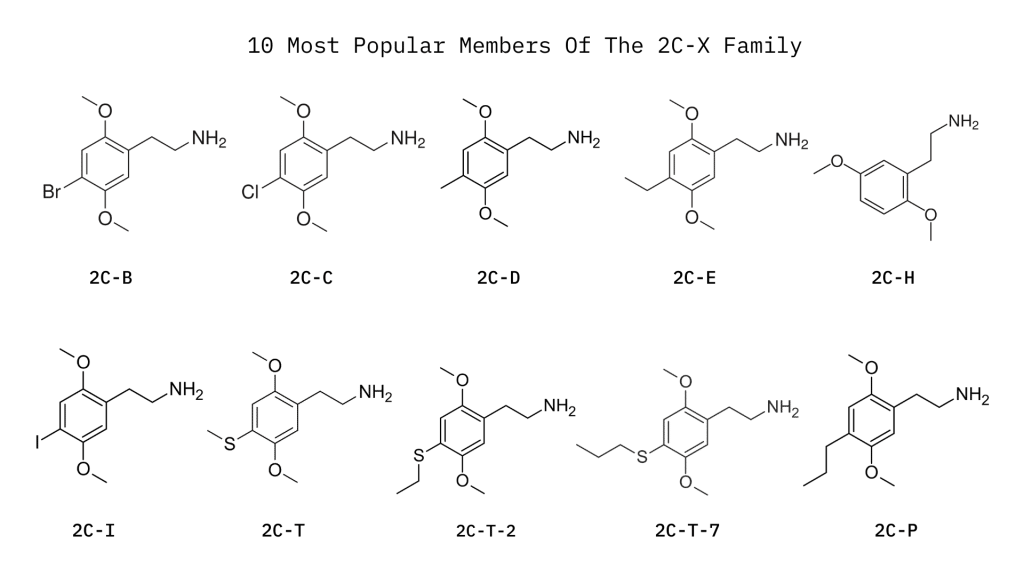
Is 2C-I Safe?
There’s always going to be some inherent risk when using research chemicals like 2C-I (or any 2C-X substance for that matter). There are no official studies available for this substance, so the only information we have about safety, dose, and effects comes from anecdotal reports from people like Alexander Shulgin and members posting trip reports on online forums.
To date, there have never been any reported deaths due to overdose from 2C-I alone.
With that said, the level of risk increases substantially when taking this drug outside the recommended dosage range, combining it with other drugs or alcohol, or having underlying medical conditions that would contraindicate using stimulants. Insufflating 2C substances like 2C-I is also associated with a much higher risk of severe physical and psychological discomfort and potentially lethal side effects.
You should always tread carefully when using untested compounds and know your risk before you begin. Practice harm-reduction techniques like doing an allergy test before the trip (take a very small dose to check for strong adverse reactions), do your research on the dose and potential side effects of the substance, test a sample of your substance before you take it, and ensure there’s a responsible and trusted trip sitter with you on the journey.
Testing 2C-I With Harm Reduction Reagents
One of the core pillars of harm reduction is to test a sample of your substance before you take it. This is done to make sure the product you’re using isn’t something else entirely.
Even if you’ve bought your 2C-I from a trusted source, there’s always a chance it’s been contaminated, adulterated, or simply mixed up with another chemical. Some of these other chemicals are inherently dangerous (like NBOMes or opiates); others are dangerous if used at the same dose of 2C-I (like bromo-DragonFLY).
One substance of particular concern is a drug called 25I-NBOMe — which is often mistaken or sold under the name 2C-I. These drugs are very different. 25I-NBOMe carries a substantially higher degree of risk and has been fatal in doses as low as 1 mg.
The easiest way to test your substances is with reagent drug testing kits. These tests won’t tell you the potency of your product, but they can help rule out some of the more dangerous adulterants.
Learn more: How to test your substances using drug reagent kits.
What to look for when testing 2C-I:
- Marquis — Should turn dark green, then black
- Mecke — Should turn brown, then black
- Mandelin — Should turn brown, then black
- Froehde — Should turn orange, then black
- Liebermann — Should turn black
- Ehrlich — No color change
Side Effects of 2C-I
Most 2C-X substances have a notable degree of body load. With this comes an elevated risk of physical side effects. 2C-I is stimulating, so the side effects often overlap with the side effects of substances like MDMA, DOx compounds, or other stimulants.
The most common side effects of 2C-I include:
- Increased body temperature
- Anxiety or paranoia
- Muscle tension or cramping
- Diarrhea
- Nausea & vomiting
- Dry mouth
- Increased heart rate
- Headache
Is 2C-I Legal?
No, 2C-I is illegal in most parts of the world.
This compound is directly named on the prohibited substances lists in both the United States and the UK and is prohibited by proxy in Canada, Australia, New Zealand, and more.
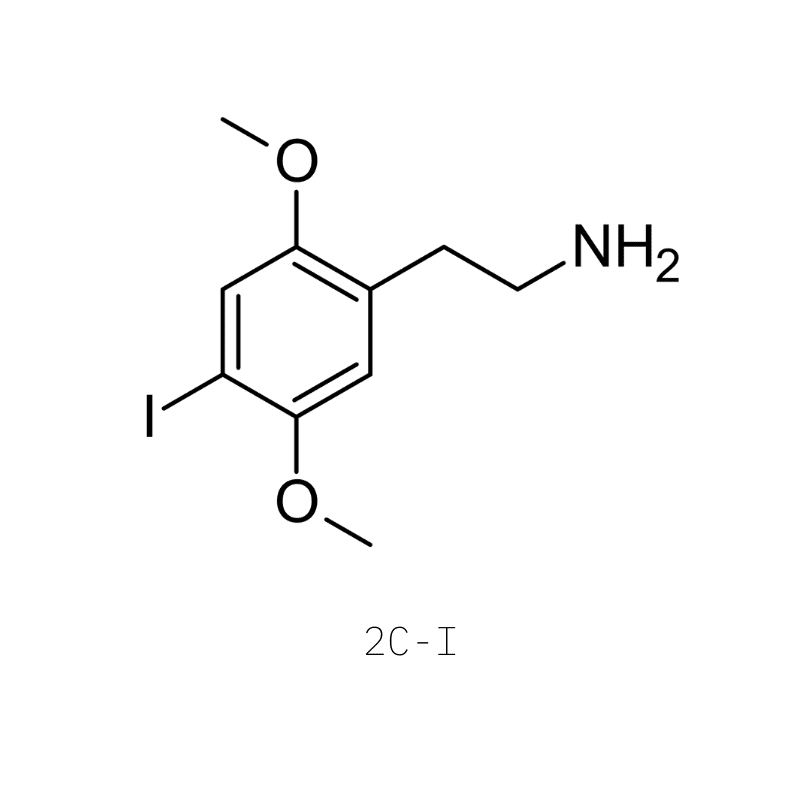
Final Thoughts: What’s The Future of 2C-I?
2C-I has always been an obscure psychedelic — overshadowed by other members of its class like 2C-B, 2C-C, 2C-D, or 2C-P. These other substances are preferred for sharing many of the same benefits but with less stimulating action. People who like stimulants may prefer 2C-I or comparable 2C-X substances such as 2C-T-2 and 2C-T-7.
It’s very unlikely the prohibited status of 2C-I is going to be removed anytime soon. There simply isn’t enough public interest for there to be any significant lobbying, and the questionable safety profile makes it a hard substance to explore through medical research.
For now, and for the foreseeable future, 2C-I will remain in the bottom drawer as an obscure psychedelic reserved purely for the connoisseurs of the psychedelic world.
